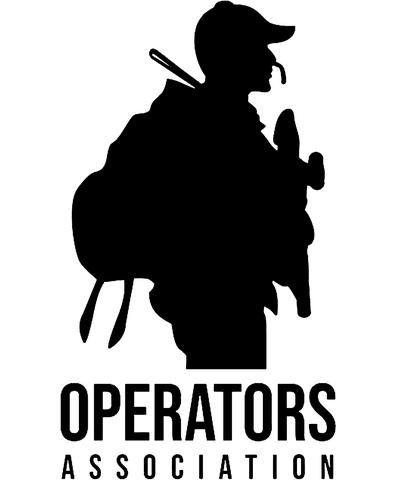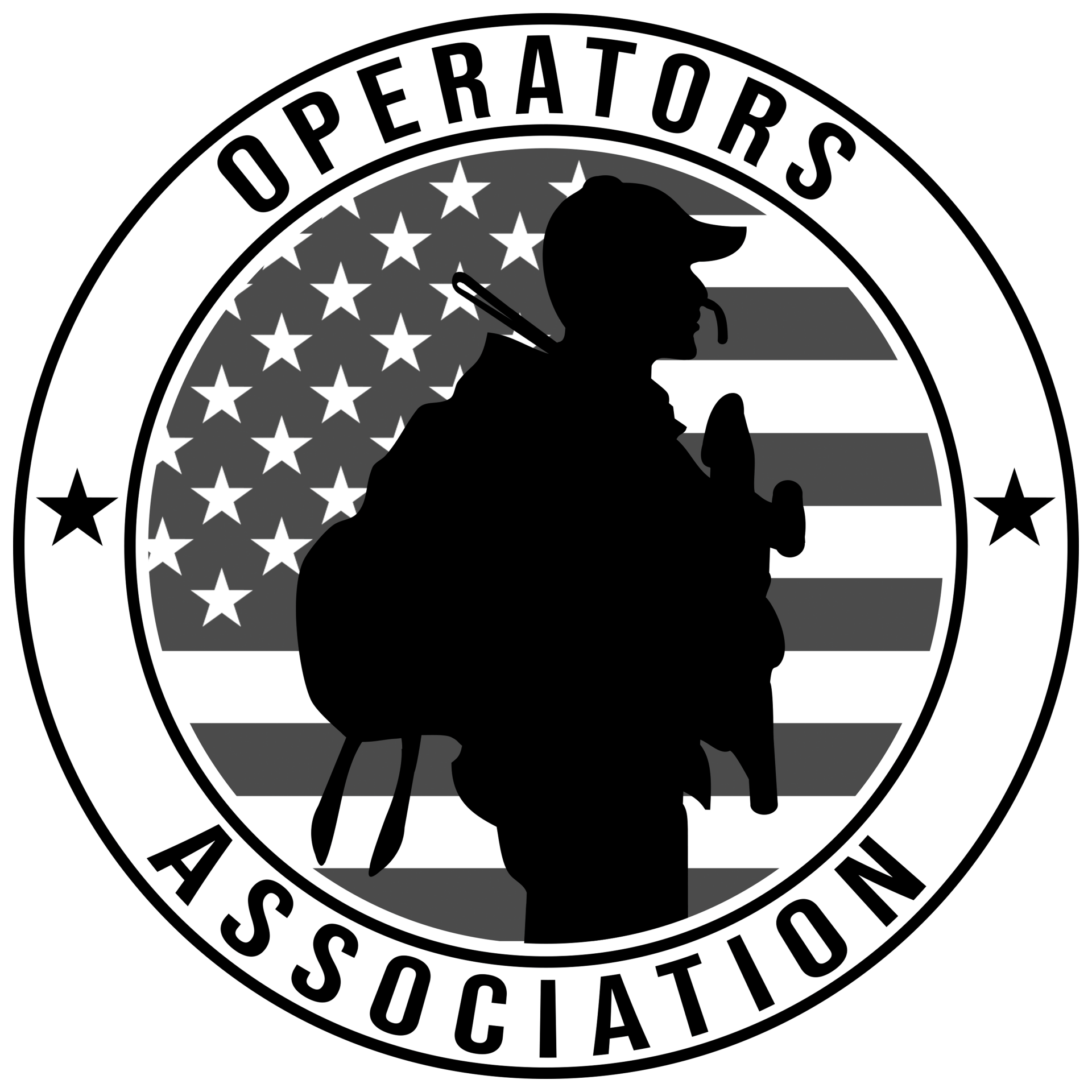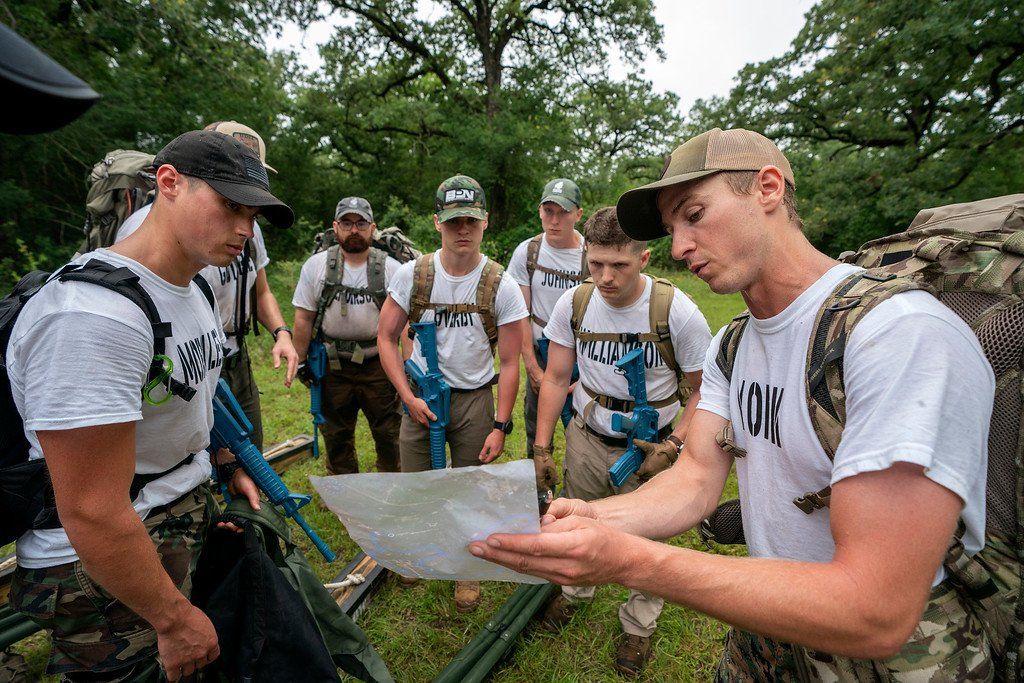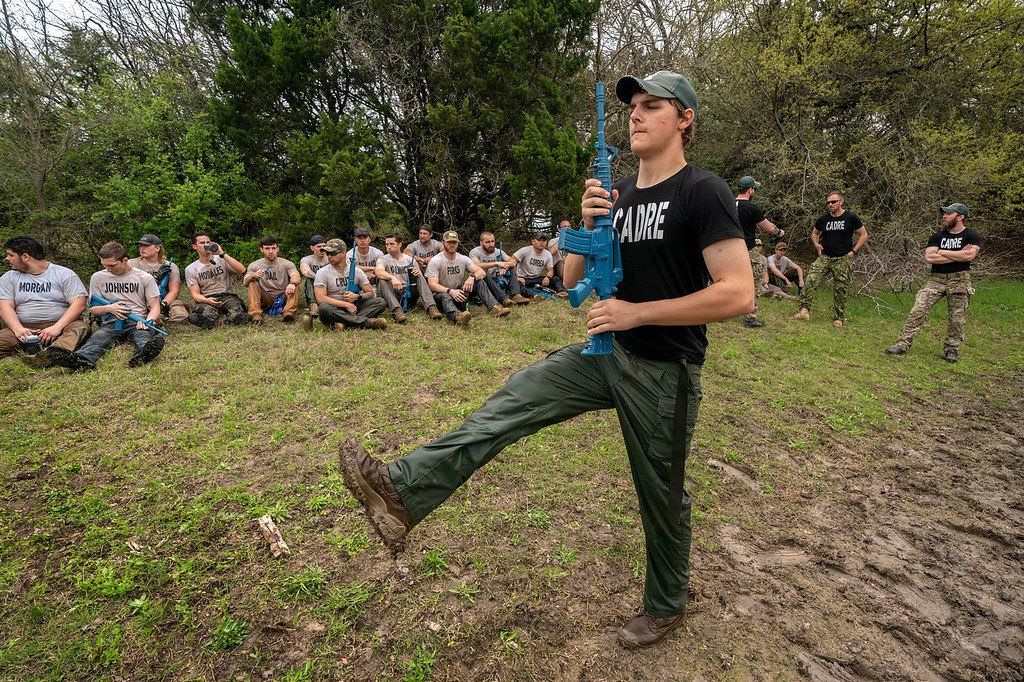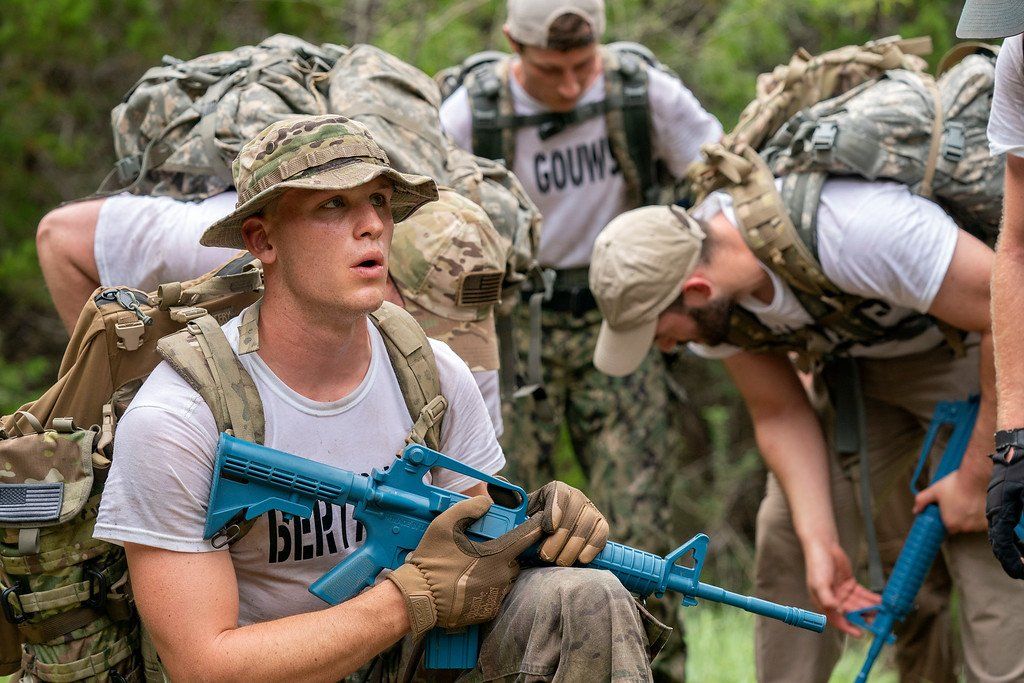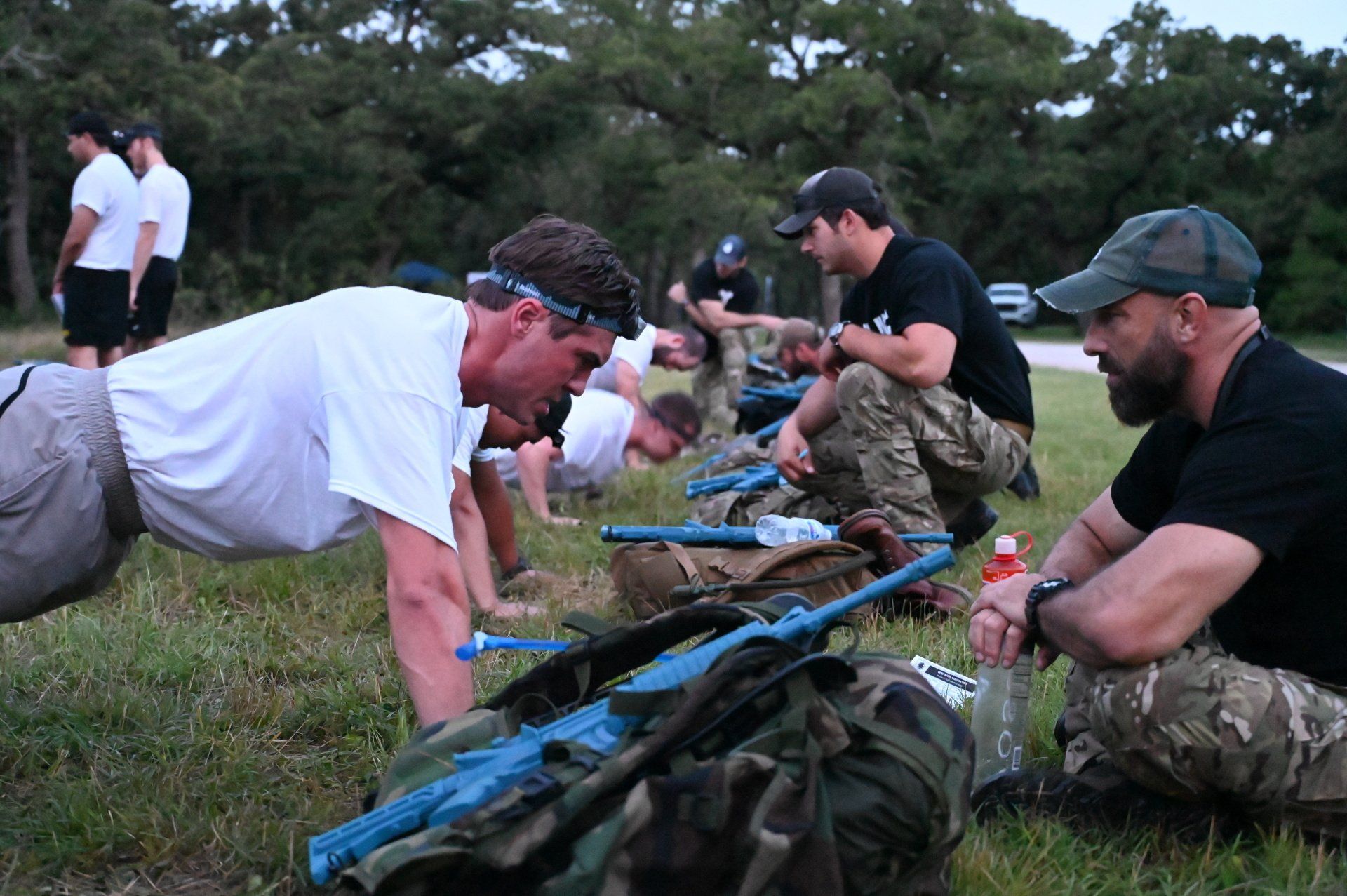How to Build a Survival Kit – The Complete Guide
Overcome anything by following this emergency prepping guide.
Unless you’re one of those “doomsday prepper” folks, chances are you don’t think about building survival kits very often. Despite this, having the right gear in an emergency scenario can save your life. In this badass OA guide, we’ll give you the complete guide for planning and building a survival kit.
Step 1: Understand Your Environment
Before you can start building a life-saving survival kit, you must consider the nature of its design. In other words, you need to make sure that your emergency gear suits your environment. The dangers and challenges you find in a desert environment are significantly different from those you’ll encounter in the city.
Building a helpful survival kit requires making some strategic decisions about what you put inside it and – equally important – how it looks. First, identify your environment. The supplies your emergency kit includes will largely depend on where you plan to use it (more on that in the next step). Then, you must also identify the style of survival kit you require. If you’re venturing out on a wilderness expedition, your kit will be more elaborate than the one you’d carry around as an EDC (everyday carry) for your daily commute. Decide early on whether you want a large, well-equipped emergency kit or a smaller, more specialized one that’s ready to deploy at a moment’s notice.
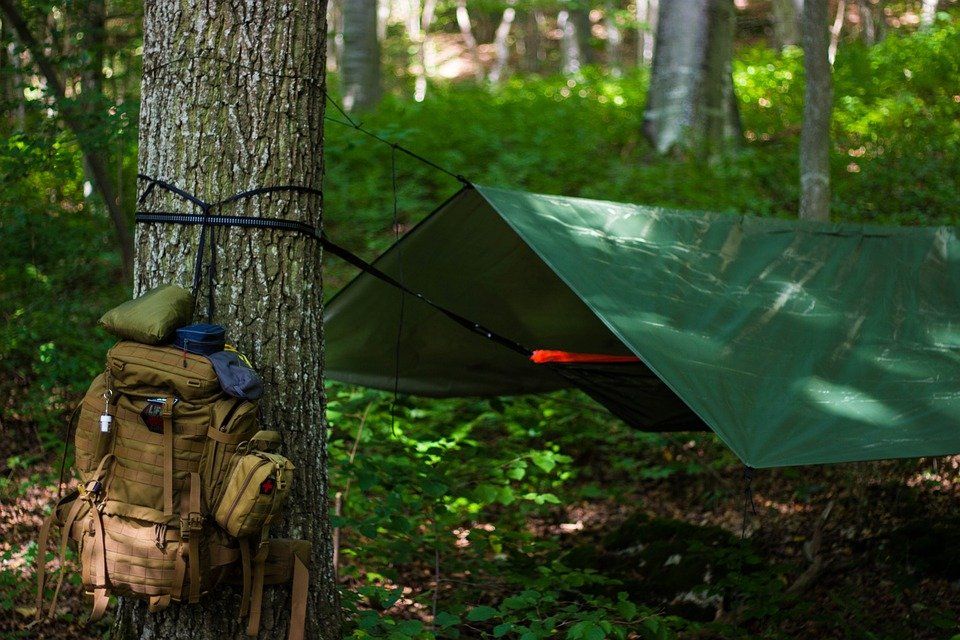
Step 2: Build Your Survival Kit
You’ve determined the purpose and design of your survival kit. Perhaps you’ve decided to go with a duffel bag-sized disaster bag, or you’ve chosen the opposite approach and want to stuff all your survival supplies into an old Altoids tin. Regardless of your decision, you need to put the right supplies into your kit. The survival gear you include in your emergency kit will vary, so here are some OA-approved suggestions for packing it for the woodland, desert, and city environments:
Universal Survival Supplies
Some things are simply must-haves in all survival kits regardless of your environment. Here are a few items to consider:
- Basic Medical Supplies:
- Band-Aids – Because paper cuts suck, even if you’re a special forces badass.
- Gauze/Rolled Bandage – For bigger injuries.
- Disinfectant Wipes – Infected wounds are unpleasant at best and life-threatening at worst.
- Aspirin – Painkiller and blood thinner. If you’re having a heart attack, chewing two tablets and calling 911 can save your life.
- Scissors
– In some cases, clothing can obstruct first-aid treatment. Cutting away clothes is safer than moving an individual with possible skeletal/spinal injuries.
- Whistle – A noticeable and efficient way to signal for help without losing your voice.
- Swiss Army Knife – With over 30 tools, having a Swiss Army knife is like carrying a mini toolbox. Just remember to take it out of your pocket before boarding a plane, or your next vacation will include an unpleasant TSA detour.
- Steel Water Bottle / Canteen – A sturdy reusable water bottle is a great way to transport liquids in any environment. Getting a steel one will let you boil and purify water. Swing by your local army surplus store to find some great survival canteens at a reasonable price.
- Powerful Compact Flashlight
– For illuminating your surroundings in the darkness or communicating over moderate distances with Morse code.
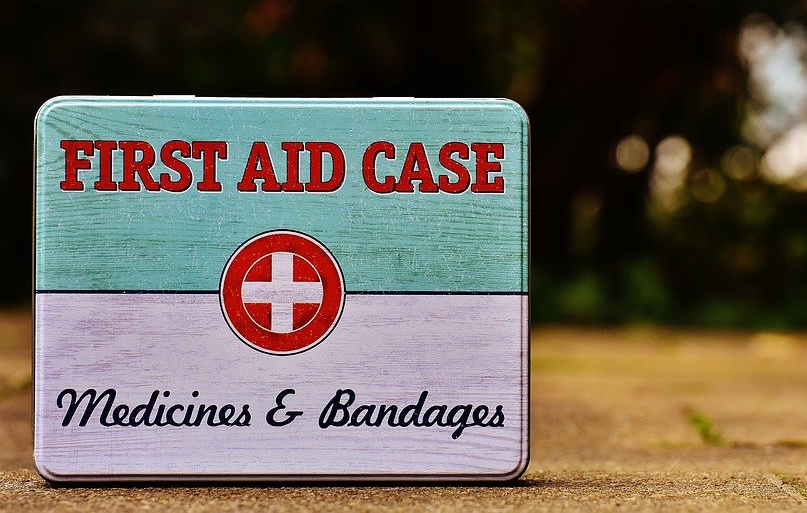
Forest Survival Supplies
If you live in a remote woodland area or are planning a forest expedition to
practice your Land NAV skills, here are some supplies that will get you home safe.
- A Way to Start Fire – Fire is nature’s multitool. You can use it for light, warmth, cooking food, deterring predators, signaling for help, purifying water, and much more. Having a reliable fire starting method will save your life in an SHTF scenario.
- Signal Mirror – Forests are a search and rescue team’s worst nightmare. Thousands of hectares of dense brush make finding a lost person nearly impossible. Get a signal mirror and learn how to use it properly.
- Compass and Local Map – If you’re walking off the beaten path, forest navigation gets incredibly disorienting even for the most experienced explorers (especially at night). Get a compass and local topographic map to save yourself from walking in endless circles.
Desert Survival Supplies
If you had to make a list of the worst places to get stuck in a survival scenario, the desert would be near the top (right after an active volcano or a raft in the middle of the ocean). Deserts have nearly no abundant natural resources, so unless you can think of a way to weaponize sand, you’re stuck with the supplies you’ve got. Here are a few you should have:
- Water Purification Tablets – Without the natural resources to build a fire, you need a way to ensure any water you collect is safe to drink without boiling it.
- Reflective Survival Blanket
– Desert climates can be scorching during the day and freezing at night. Use a reflective blanket to keep the sun’s heat out or to keep your body heat in. You can pick one up for just a few bucks online.
- Bandana / Afghan Scarf – Sand storms have a unique way of ruining your day. Use a bandana or Afghan scarf to protect your face and neck from the elements or build an improvised water filter.
City Survival Supplies
The city is a unique environment – it doesn’t have the usual dangers of the stereotypical survival scenario. Food and water are abundant, help is always near, and (unless things have gone horribly wrong,
or you live in Canada) you won’t run into dangerous wildlife. Here are some useful supplies for surviving in the concrete jungle.
- Cell Phone Power Bank (Portable Charger) – Did your battery run out while checking out the latest OA guide or podcast episode? Hey, we get it – it happens to the best of us. Having a reliable and compact power bank will let you charge your cellphone on the move.
- Extra Cash – Cash is king: untraceable, efficient, and accepted nearly everywhere. Having a few extra bucks in your survival kit will save you if your wallet is ever lost or stolen.
- Self Defense Weapon – If your city or state permits carrying a concealed firearm, do it. A responsible, armed individual can save countless lives in an emergency scenario. Hit the range regularly and make sure you have the skills to use your weapon under pressure.
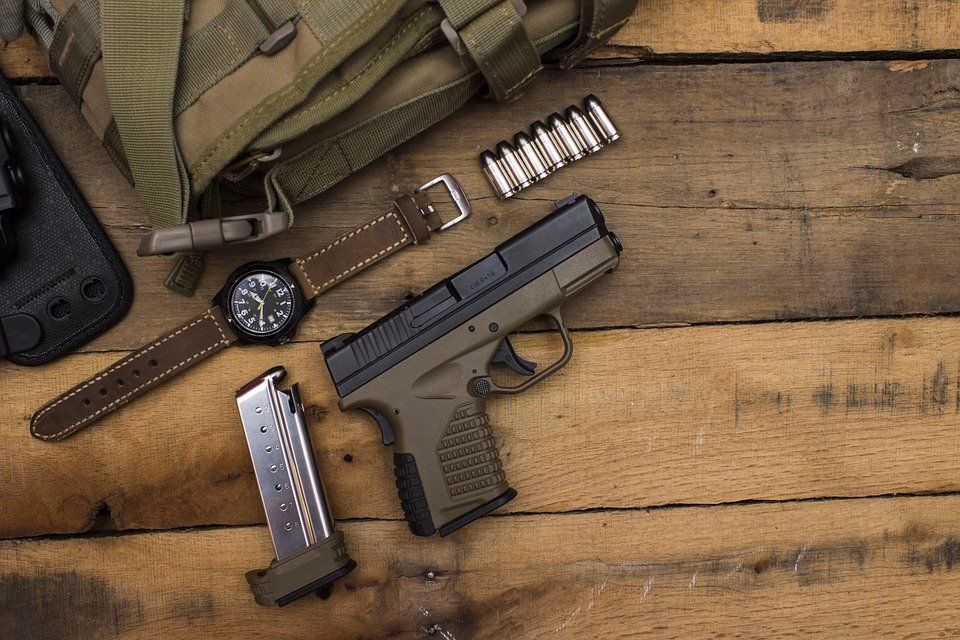
Step 3: Place Your Survival Kit in a Strategic Location
You can have the best-equipped survival kit in the world, but it won’t be any good to you if you can’t use it during an emergency scenario. Place your survival kit in a tactical position where you’ll have easy access to it. If you decide to make a small EDC emergency kit, your ideal location is in the name. Simply put it in your backpack or clip it to a belt loop and get on with your day! If you carry a concealed firearm, it should stay on your person at all times.
If you’ve built a bigger survival kit, you need to put a bit more thinking into its placement. In this scenario, a general rule is to keep your emergency kit in an easily-accessible location. For example, if you’ve built a survival kit for your car, put it somewhere reachable from the driver’s seat. If you ever get stuck inside your vehicle, having your gear on hand can save your life – don’t make the mistake of putting it in the trunk.
OA Editor’s Note: If you put your survival gear in your vehicle, make sure it’s strapped down and secure.
The last thing you want in a car crash is to get hit by a rogue pair of flying scissors.
If you want to join the teams, you need the skills and knowledge to succeed in SOF selection. Whether you go to BUD/S or the Q Course, even the most seemingly insignificant skill can give you the edge you need to overcome challenges and distinguish yourself from the competition. That’s why we created the Operators Association – so that young aspiring special forces operators can get the answers and mentorship they need to succeed in the teams.
When you become an OA Aspiring Operator, you get instant access to an exclusive community of hundreds of future, current, and retired SOF operators. There, you’ll get guidance from people who know exactly what it takes to join the teams – because they’ve done it themselves. Invest in your future.
Click here to join OA now!
